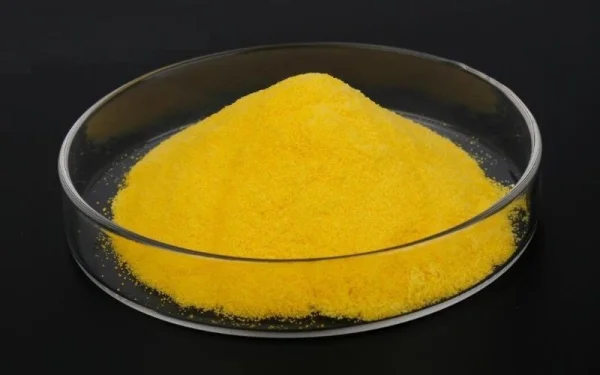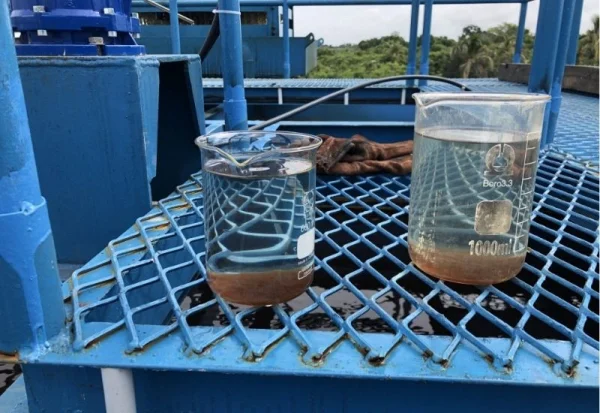
PAC powder, short for Poly Aluminium Chloride powder, has emerged as a game-changer in the field of water treatment. This innovative chemical product offers a superior alternative to traditional coagulants like aluminum sulfate, providing enhanced efficiency, cost-effectiveness, and environmental sustainability. In this comprehensive article, we will delve into the intricacies of PAC powder, exploring its properties, applications, and numerous benefits
What is PAC Powder?
PAC powder is a highly effective coagulant and flocculant aid used extensively in water and wastewater treatment processes. Its chemical formula [Al2(OH)nCl6-n]m represents a polymerized form of aluminum chloride, containing aluminum content ranging from 28% to 31%. This chemical is a yellow or yellowish-green powder that readily dissolves in water, forming a clear solution with excellent adsorption properties.
Unlike conventional aluminum sulfate, PAC does not cause water turbidity, even when overdosed or underdosed. This characteristic eliminates the common issue of pH fluctuations, reducing the need for additional pH adjustment chemicals like sodium hydroxide (NaOH). Consequently, PAC powder minimizes the risk of equipment corrosion, enhancing the overall efficiency and cost-effectiveness of water treatment operations.
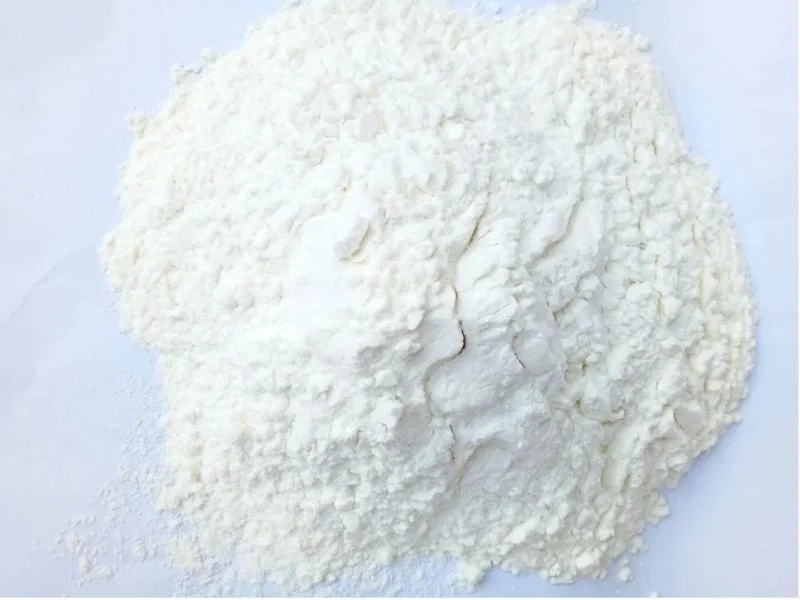
Information about PAC powder
Advantages of PAC Powder
PAC powder offers a multitude of advantages over traditional coagulants, making it a preferred choice for water treatment professionals worldwide:
- Superior Coagulation and Settling Efficiency: Compared to aluminum sulfate and ferric salts, PAC powder exhibits 4 to 5 times higher coagulation and settling efficiency, ensuring optimal removal of suspended solids, organic matter, and heavy metals from wastewater.
- Minimal Sludge Generation: The use of this chemical results in significantly reduced sludge volumes, minimizing the costs associated with sludge handling and disposal.
- Excellent Organic Matter Removal: PAC demonstrates exceptional performance in removing dissolved and undissolved organic compounds, as well as odor-causing substances, from water sources.
- Color Removal Capabilities: Due to its high adsorption capacity and large surface area, PAC effectively removes color from water, making it ideal for treating water sources with high organic matter content, such as those used in the textile and paper industries.
- Environmental Friendliness: Poly Aluminium Chloride is a non-toxic and environmentally safe product, minimizing potential harm to human health and the environment during its production, transportation, and application.
- Long Shelf Life and Easy Storage: PAC powder boasts an extended shelf life and can be stored for prolonged periods without compromising its efficacy, provided it is kept in dry conditions away from moisture and direct sunlight.
Versatile Applications of PAC Powder
PAC finds widespread applications across various industries and sectors, addressing diverse water treatment needs:
- Industrial Wastewater Treatment: PAC is extensively used in the treatment of industrial wastewater from sectors such as ceramics, bricks, paper, and textiles, effectively removing suspended solids and organic contaminants.
- Municipal Wastewater Treatment: In municipal wastewater treatment plants, this chemical helps remove organic matter, odor-causing compounds, and other pollutants, ensuring the treated water meets stringent discharge standards.
- Drinking Water Treatment: PAC's exceptional color and organic matter removal capabilities make it an ideal choice for treating drinking water sources, enhancing water quality and improving taste and odor.
- Aquaculture and Food Processing: The food processing and aquaculture industries rely on PAC powder to remove organic matter, proteins, fats, and other contaminants from wastewater, ensuring a safe and hygienic environment for food production and aquatic life.
- Swimming Pool Water Treatment: PAC effectively treats swimming pool water by removing suspended solids, organic matter, and odor-causing compounds, maintaining crystal-clear water quality.
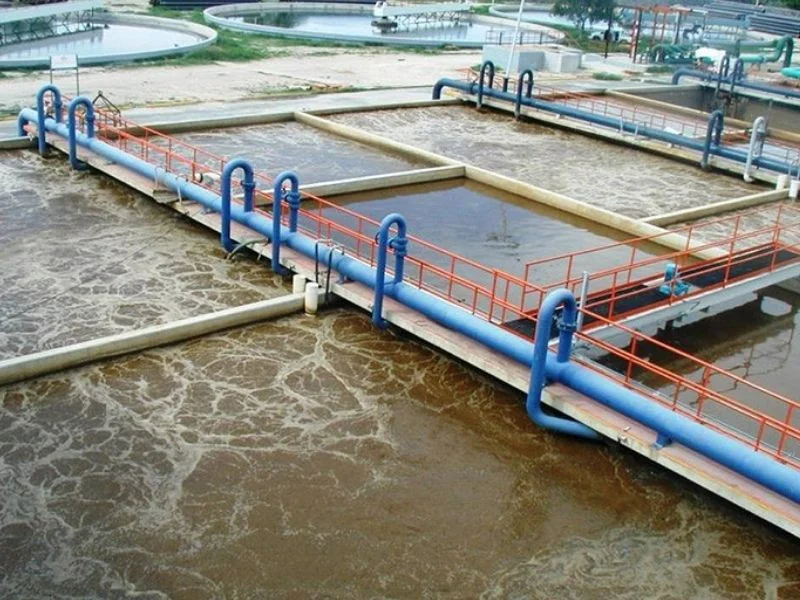
PAC’s role in industrial Wastewater Treatment
Cost Efficiency and Environmental Benefits
While the initial cost of PAC powder may be higher than traditional coagulants, its superior efficiency and reduced sludge generation contribute to significant long-term cost savings. The optimal dosage requirements of Poly Aluminium Chloride are lower than alternative coagulants, resulting in lower overall treatment costs and reduced sludge disposal expenses.
Furthermore, PAC offers substantial environmental benefits. As a non-toxic and environmentally friendly product, it minimizes the risk of harm to human health and the surrounding ecosystem. Unlike aluminum sulfate, this chemical does not generate sulfate salts during the treatment process, reducing the potential for environmental contamination.
Reliable Storage and Logistics
Proper storage and transportation are crucial factors in maintaining the quality and effectiveness of PAC powder. Adherence to the recommended guidelines ensures the product remains stable and performs optimally during wastewater treatment processes.
Storage Guidelines
- Temperature Control: PAC powder should be stored at temperatures between 5°C (41°F) and 35°C (95°F). Extreme temperatures can degrade the product and compromise its performance.
- Moisture Protection: As Poly Aluminium Chloride is hygroscopic, it must be stored in a dry environment, away from moisture sources. Exposure to moisture can cause caking, clumping, and potential chemical reactions that alter the product's composition.
- Airtight Containers: PAC in form of powder should be kept in airtight containers or bags to prevent air exposure, which can lead to oxidation and diminished efficacy.
- Segregation: To avoid potential chemical reactions, Poly Aluminium Chloride should be stored separately from flammable substances, alkalis, food products, and other incompatible materials.
- Labeling and Documentation: Proper labeling and documentation of PAC batches are essential for tracking and quality control purposes.
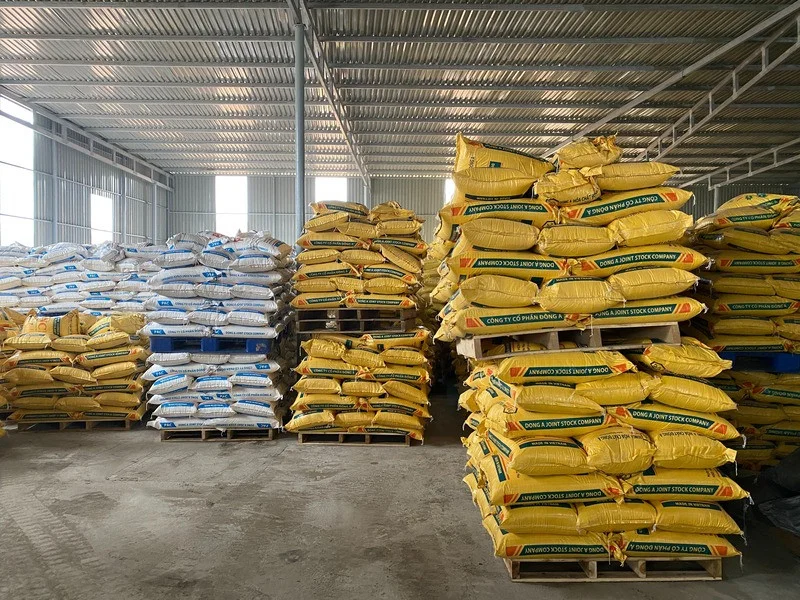
Keep PAC powder in airtight bags
Transportation Guidelines
- Suitable Containers: PAC powder should be transported in appropriate containers or bags designed to withstand the product's chemical properties. Containers made of compatible materials, such as high-density polyethylene (HDPE) or polypropylene (PP), are recommended.
- Spill Prevention: Containers should be securely sealed and properly loaded to prevent spills or leaks during transportation.
- Safety Precautions: Appropriate safety measures, such as proper labeling, handling instructions, and emergency response procedures, should be in place during transportation to mitigate potential risks.
- Temperature Control: If possible, temperature-controlled transportation should be employed to maintain the recommended storage temperature range.
- Documentation: Proper documentation, including safety data sheets (SDS) and relevant transportation regulations, should accompany each shipment.
PAC powder is typically supplied in 25kg bags, which are convenient for handling and transportation. These bags are designed to protect the product from moisture and other environmental factors, ensuring its integrity during transit.
PAC Powder Suppliers and Quality Assurance
As the demand for PAC powder continues to grow, it is crucial to source the product from reputable and reliable suppliers such as Dong A Chemical. These suppliers should adhere to stringent quality control measures and provide detailed product information, including chemical composition, purity levels, and recommended handling and application guidelines.
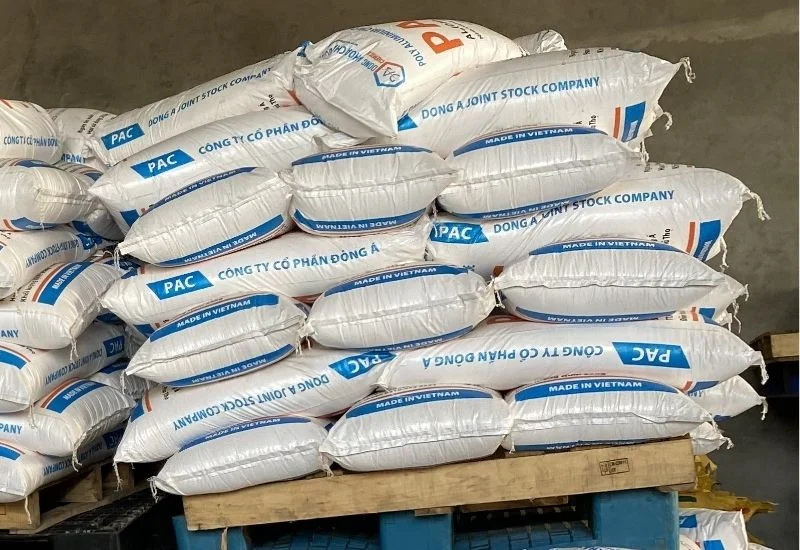
Purchase PAC powder from Dong A Chemical
Reputable PAC powder suppliers often offer technical support and guidance to their customers, ensuring proper product usage and optimized treatment processes. They may also provide customized solutions tailored to specific water treatment requirements, further enhancing the efficiency and cost-effectiveness of this chemical applications.
Conclusion
PAC powder has revolutionized the water treatment industry, offering a superior alternative to traditional coagulants. With its exceptional coagulation and settling efficiency, minimal sludge generation, and excellent organic matter and color removal capabilities, Poly Aluminium Chloride addresses a wide range of water treatment challenges across various sectors.
Moreover, its environmental friendliness, long shelf life, and cost-effectiveness make this chemical an attractive choice for water treatment professionals seeking sustainable and cost-effective solutions. As the demand for clean water resources continues to rise, the adoption of PAC is poised to play a pivotal role in ensuring access to safe and high-quality water for communities worldwide.
Related Articles
Liquid Chlorine vs Tablets - Which is Better?
Maintaining a clean and safe swimming pool is crucial for an enjoyable and healthy swimming ...
Is It Safe to Touch PAC Chemicals with Bare Hands?
If you work in the water treatment industry, you've likely heard of PAC chemicals . As known, this ...
How to Prepare PAC for Water Treatment?
Water is essential for life, yet access to clean and safe water remains a significant challenge ...
Safeguarding Your Family's Health with Chlorine Tablets for Drinking Water
Disinfecting water is crucial to eliminate harmful pathogens and ensure safe consumption. Among the ...
The Science Behind Chlorine Used in Pools
Swimming pools offer endless fun and relaxation during the warm seasons, but diligent care is ...
The difference between chlorine powder and chlorine pellets in wastewater and swimming pool water treatment
On mentioning kinds of chemicals, chlorine powder and chlorine pellets are the two most popular ...


